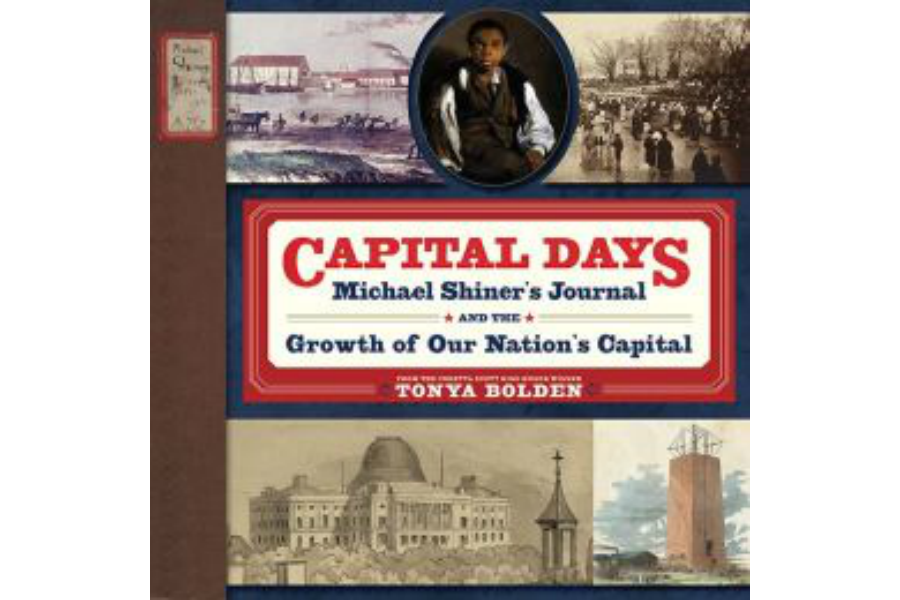Sixty years of American history are retold by focusing on one fascinating individual who lived in the US capital during the 1800s. Michael Shiner, a slave who gained his freedom, spent many years working in the Washington Navy Yard and kept a journal that recorded events that occurred during 11 presidencies, including the laying of the cornerstone of the Washington Monument.
Here’s an excerpt from Capital Days:
“By [Michael] Shiner’s count, there were fifteen or twenty caulkers working on the Columbia, a fifty-gun frigate. Like their foreman, Israel Jones, these men had been brought in from Baltimore. It nettled white Yard workers that black men had those good jobs. And those white men weren’t about to let black men continue earning money while they were on strike. They forced the black caulkers to, as Shiner put it, ‘knock off, too.’
“Earlier in the year, shipyard workers in other cities had dropped their tools, but the Washington Navy Yard strike was the first against the federal government. As at other shipyards, the number-one demand at the Washington Navy Yard was a ten-hour workday.”
(Abrams Books for Young Readers, 90 pp.)







